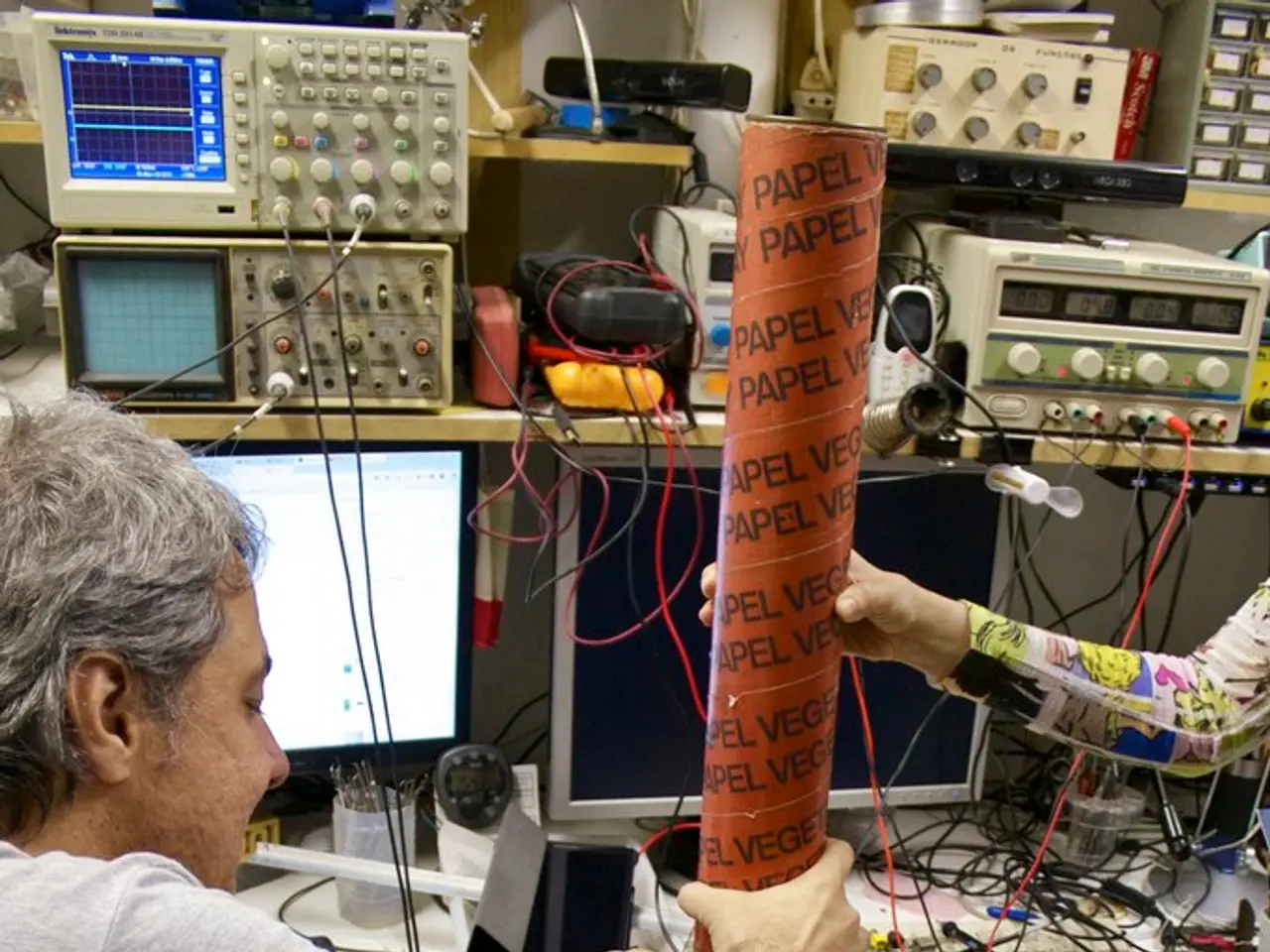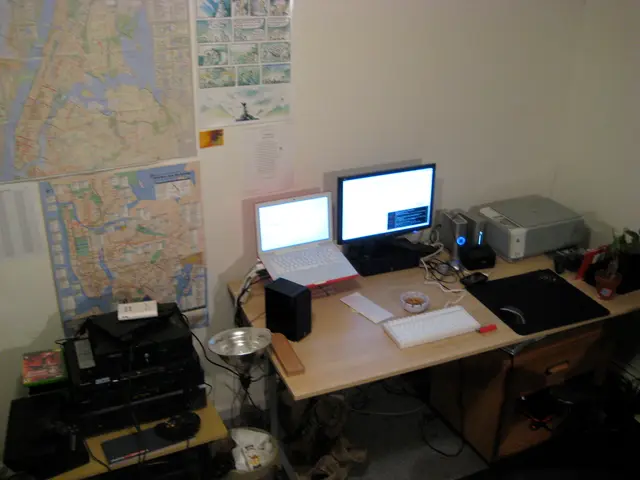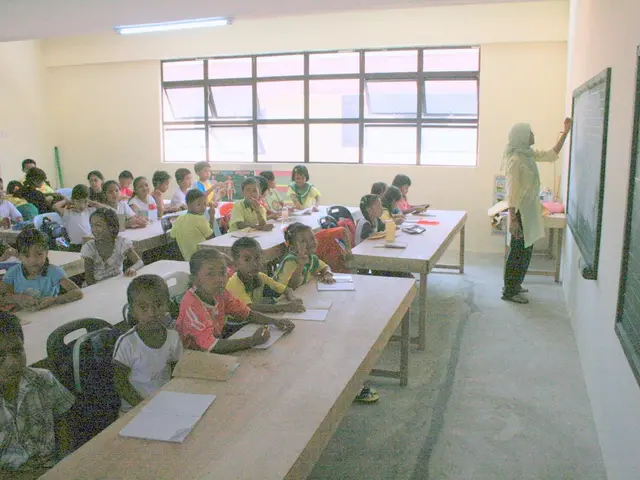mastering AR/VR skills by 2024: a guide
The AR/VR (Augmented Reality/Virtual Reality) industry is experiencing a rapid growth spurt, with applications expanding beyond gaming into healthcare, education, retail, real estate, and more. According to recent projections, global spending on AR/VR is expected to surpass $72 billion by 2025, reflecting strong market demand and investment.
Key trends in the AR/VR sector include the integration of artificial intelligence (AI), enterprise adoption, 3D mapping and spatial computing, and the normalization of everyday use. AI is driving improvements in rendering, tracking, and processing, making AR/VR experiences more realistic and interactive. Businesses are leveraging VR for collaborative 3D design and cost-effective training, while tech giants are racing to create highly accurate, 3D maps of the physical world to enable more sophisticated AR experiences.
The future of AR/VR careers looks robust, with demand for skilled professionals expected to rise as technology becomes integral to more sectors. Key growth areas include healthcare, education, enterprise, entertainment, smart cities & IoT, and more. The fusion of AR/VR with AI, IoT, and 5G will likely create new job roles and opportunities, especially as the technology evolves to support more complex, real-world applications.
To excel in AR/VR careers, professionals need a blend of technical, creative, and interdisciplinary skills. Key skills required for AR/VR developers include proficiency in Unity, Unreal Engine, C++, Python, 3D math, computer vision, and AI/ML basics. 3D artists and animators require skills in 3D modeling, animation, texturing, lighting, and software like Blender, Maya, and Substance Painter. AR/VR designers need UX/UI design, human-computer interaction, prototyping, and user testing skills.
Top institutions offering specialized programs in AR/VR include MIT, Stanford, University of Washington, Georgia Tech, and USC. Building a portfolio with real-world projects, contributing to open-source AR/VR initiatives, and gaining experience through internships are effective ways to break into the field.
In conclusion, AR/VR careers are at the forefront of technological innovation, with expanding applications across industries and strong growth prospects. Success in this field requires a combination of technical expertise, creative design skills, and an understanding of emerging technologies like AI. As AR/VR becomes more integrated into daily life and enterprise workflows, professionals who can bridge the gap between technology and real-world needs will be in high demand.
In the realm of AR/VR careers, the fusion of technologies like AI and IoT is anticipated to generate new job roles, particularly in sectors such as healthcare, education, and enterprise. To excel in these roles, professionals need a blend of technical skills, such as proficiency in Unity, Unreal Engine, and AI/ML basics, as well as creative and interdisciplinary skills like UX/UI design and human-computer interaction. Pursuing education from top institutions like MIT, Stanford, or University of Washington can provide the necessary knowledge and skills to break into the AR/VR field.




